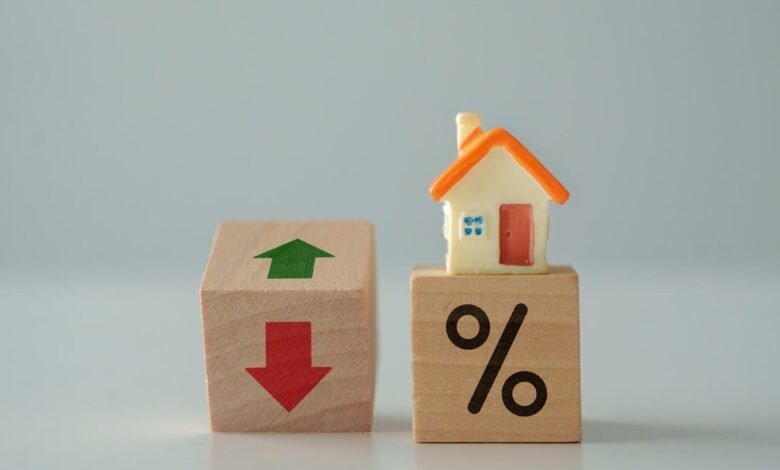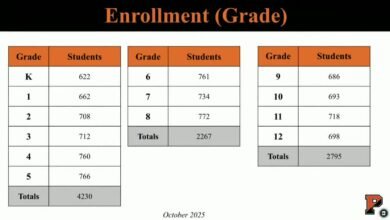Does the mortgage refinancing 1% rule still apply this fall? Here’s what some experts think.

Wipada Wipawin/Getty Images
Mortgage rates have dropped quite a bit since their 7% peak at the start of the year, and if analyst predictions are correct, they may continue falling over the next couple of months as the Federal Reserve conducts more benchmark rate cuts.
So far, the recent rate drops have already spurred a flurry of refinances, with refinancing applications up 18% over just one year ago, according to the Mortgage Bankers Association. So, should you start considering a refinance soon, too?
While many have said you should wait to refinance until doing so can offer at least a 1% rate reduction, that rule isn’t universal for everyone. In fact, in today’s rate environment, experts say you actually may benefit from refinancing earlier.
Find out how affordable the right mortgage loan options could be today.
Does the mortgage refinancing 1% rule still apply this fall? Here’s what some experts think.
The mortgage refinancing 1% rule is a guideline that suggests you should only refinance your mortgage loan if you’re able to lower your interest rate by at least one full percentage point while doing so. The idea is that a 1% rate drop typically generates enough monthly savings to offset the closing costs that come with refinancing, making the move financially sound.
However, this rule is just a rule of thumb, not a hard-and-fast requirement, and it may not apply to every borrower or housing market environment. Here’s what experts have to say about whether the 1% refinancing rule still applies this fall.
It depends on your finances and current loan.
Whether the 1% rule works right now depends on numerous factors. For some, waiting for a 1% rate cut can be smart, as refinancing comes with lots of costs and, often, a new, long-term commitment. For others, refinancing with a much smaller rate reduction can make sense.
Largely, though, experts say the 1% rule isn’t particularly relevant to most borrowers right now.
“I don’t think the 1% rule makes a lot of sense,” says Kevin Leibowitz, president and CEO of Grayton Mortgage.
For most borrowers, whether or not the rule applies depends on how much is remaining on their mortgage loan balance. Those with lower balances will need a significant rate reduction, like 1% or more, to make the costs of refinancing worth it over the long haul. Those with higher balances can see benefits from much smaller reductions, though.
“The 1% rule is a good rule of thumb when considering refinancing, but it’s not an exact science,” says Brian Shahwan, vice president and mortgage banker at William Raveis Mortgage. “Even a 0.5% reduction could make a substantial difference in monthly payments for borrowers with larger loan amounts.”
How far you are into your mortgage loan term plays in, too. If you’re only a few years into paying down your mortgage loan, a small rate cut can be worth it. If you’ve been paying down your loan for a decade or more, though, waiting for a 1% rate cut might be smart, as you’ll need to make up for the additional years of payments and interest you’re adding to your payoff timeline.
“You must balance the costs against the interest savings,” says Mark Worthington, home loan expert at Churchill Mortgage. “If you have 20 years left on your mortgage and you get a new 30-year loan, your payment will appear to be reduced significantly. However, once you add the additional 120 payments to your overall scenario, you might find the refinance costs you more than the appearance of a benefit.”
Your current mortgage rate factors in as well. Generally speaking, the higher your rate, the more a reduction can help your case. Case in point: If you have a $300,000 loan at an 8% rate, then you’re currently paying about $2,200 per month. If you reduce that rate by just 0.5%, dropping your rate to 7.5%, you shave over $100 off your payment, saving you about $1,200 per year.
That means recent borrowers, like those who took out their loans since 2022, when rates have been at their highest, stand to benefit the most from even small rate cuts.
“Essentially, anyone who purchased or refinanced in the last couple of years is getting close to being ‘in the money’ for a refinance,” Leibowitz says. “Some borrowers who had to finance more towards the higher range of rates in the last couple of years stand to reap more benefits in terms of dropping their rate.”
Learn how much you could save by refinancing your mortgage loan now.
Other scenarios in which the 1% refinancing rule doesn’t make sense
Following the 1% rule also doesn’t work if you’re looking to refinance to pay off debt. In today’s rate environment, credit cards currently run an average of 21.39%, while the typical cash-out refinance rate is under 7%. So if you were paying off credit card debt, you could save a lot of money by refinancing — potentially without reducing your mortgage rate at all.
“If you were taking out money from the equity of your home to pay off high-interest rate debt or a home remodel, it would make sense to refinance — even if you don’t shave off 1% from your current mortgage,” says Jeremy Schachter, branch manager at Fairway Independent Mortgage.
If your home value has gone up a bit, the 1% rule might be moot, too, at least if you’re currently paying for mortgage insurance. When home values rise, so does your equity stake in the home. And the more equity you build? The more likely it is that you can refinance and remove private mortgage insurance, shaving hundreds off your payment each month.
“If you purchased your home with mortgage insurance and home values have gone up, it would make sense to look at a refinance to lower the mortgage insurance or even eliminate it,” Schachter says. “Those savings alone would make sense to do a refinance.”
The bottom line
At the end of the day, refinancing comes with costs, so it’s important to run the numbers and make sure the savings will outweigh your expenses before pulling the trigger.
“The 1% rule is a valid rule — but only if done with proper research into the true savings,” Worthington says.
To determine if the move is worth it for you, take the total closing costs of the refinance and divide it by the monthly savings that replacing your loan offers. This will tell you the number of months it will take to reach the “breakeven point,” or the point at which you will have saved more than you paid.
“If the breakeven point is over three to four years, it may not make sense to do the refinance,” Schachter says.






